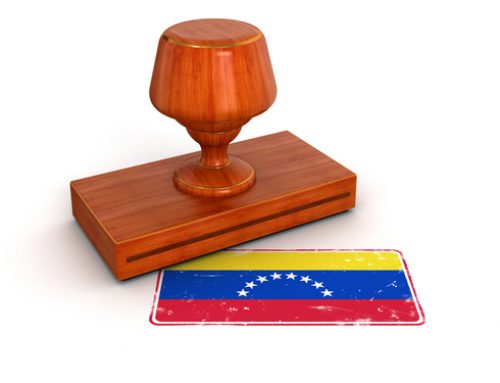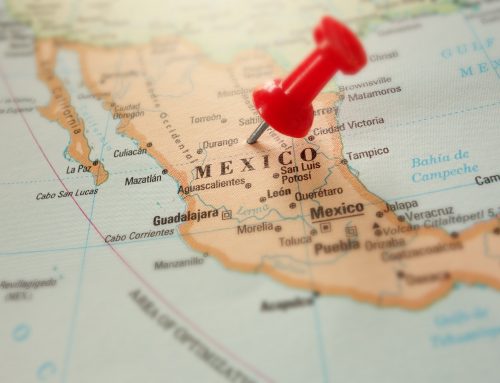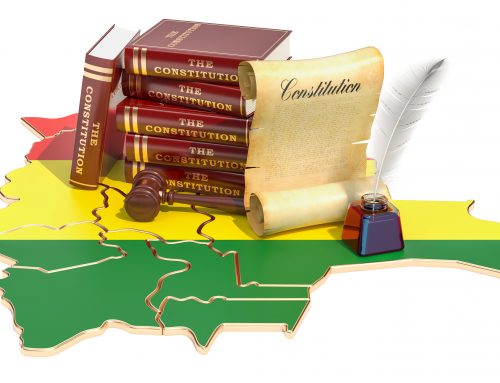In an effort to facilitate the filing of more domestic patents, the Peruvian National Institute for the Defense of Competition and Intellectual Property Protection (INDECOPI) has announced a new program called “Speedy Patent,” or “Patente Rapida.” The program will be administered by the newly created “Subdivision of Support for Innovation,” or “Subdireccion de Soporte a la Innovación”.
As implied by the name, the service gives national applicants the opportunity to obtain a patent much faster than the current time it takes to obtain a patent from first filing to approval. According to sources, the service will reduce the time to obtain domestic patents by about half of the current time. Currently, in Peru the average time to obtain a patent is around 39 months. Regionally, the average time is 4-5 years.
The service is particularly tailored to encourage national investment by first time patent applicants. Peruvian inventors without experience in drafting or processing patent applications will be entitled to receive advice and direction from the new Subdivision as a part of the program. If the applicant does everything correctly, the Peruvian inventor can expect to receive an approval in as few as eighteen months on average.
Bruno Merchor, Director of Inventions and New Technologies of INDECOPI, said of the new service that “the fruit of the efforts of the institution to promote a culture of invention in the Peruvian society and to bring the system of national patents to the inventors. This is so, with the aim of increasing national patents against foreign firms.”
While Director Merchor’s aims of fostering domestic investment and growing the number of national patent applications, commentators have noticed that this new program raises some eyebrows for several reasons pertaining to international intellectual property law.
It appears that this program aims to give Peruvian citizens special treatment over international patent applicants. As a member of the Andean Community, Peru is a designee of the Common Intellectual Property Regime. Decision 486, Article 1, states “On National Treatment” that:
“Each Member Country shall accord the nationals of other members of the Andean Community, the World Trade Organization, and the Paris Convention for the Protection of Industrial Property, treatment no less favorable than it accords to its own nationals with regard to the protection of intellectual property, subject to the exceptions already provided in articles 3 and 5 of the Agreement on Trade-Related Aspects of Intellectual Property Rights (TRIPS) and in article 2 of the Paris Convention for the Protection of Industrial Property…”
To delve a little deeper, if one looks at the explanation in TRIPS, the treaty states, “for the purposes of Articles 3 and 4, ‘protection’ shall include matters affecting the availability, acquisition, scope, maintenance and enforcement of intellectual property rights.” It could be argued that Peru’s new program could easily be said to affect the availability, acquisition, or maintenance of patents. With this interesting question in mind, there could be new controversies arising because of this issue on the horizon.




